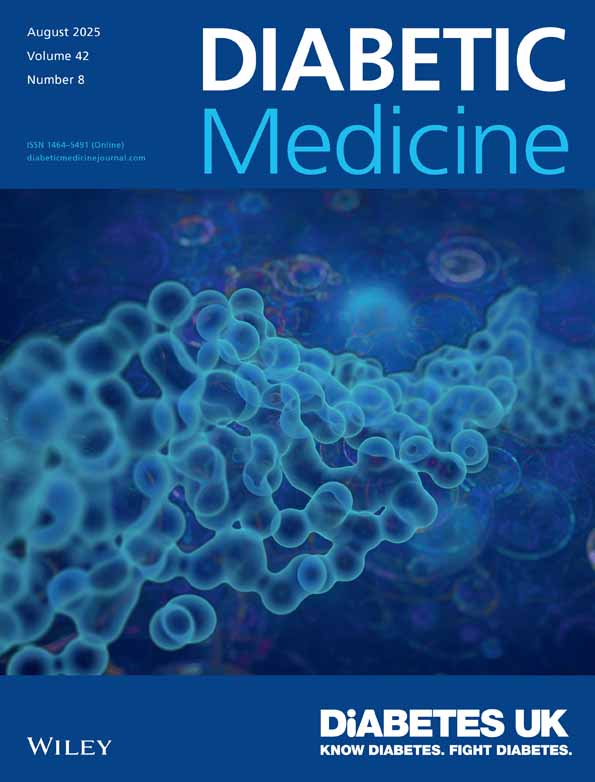Measurement of Markers of Osteoclast and Osteoblast Activity in Patients with Acute and Chronic Diabetic Charcot Neuroarthropathy
Abstract
Excess osteoclast activity is believed to be responsible for the early bone changes associated with Charcot neuroarthropathy in diabetes mellitus. Markers of osteoclast and osteoblast activity were measured in four groups of patients: 16 with an acute Charcot foot, 16 with a chronic Charcot foot, 10 diabetic controls, and 10 non-diabetic controls. Serum carboxyterminal telopeptide of type 1 collagen (1CTP), a marker of osteoclastic bone resorption, was significantly raised in the dorsal venous arch of the acute Charcot foot, 6.1 ± 1.5 μg l−1 (mean ± SD) compared with the chronic Charcot foot 4.1 ± 1.4, diabetic controls 3.3 ± 1.4, and non-diabetic controls 2.8 ± 1.4, p < 0.0001. This local increase in 1CTP was also reflected systemically in a study subgroup of 6 patients with acute Charcot neuroarthropathy, in whom peripheral antecubital vein 1CTP was 9.2 ± 2.6 compared with 9.0 ± 3.1 in the foot. In 6 chronic Charcot neuroarthropathy patients, foot (3.8 ± 1.3) and systemic (4.0 ± 1.5) 1CTP values were similar. Serum procollagen carboxyterminal propeptide (P1CP), an indicator of osteoblastic bone formation, was not significantly different between the feet of patients with acute Charcot neuroarthropathy 112 ± 1.5 μg l−1, patients with chronic Charcot neuroarthropathy 109 ± 1.5 μg l−1, diabetic controls 93.5 ± 2.3 μg l−1, and non-diabetic controls 90.1 ± 1.5 μg l−1. These results suggest that the acute Charcot foot demonstrates excess osteoclastic activity without concomitant increase in osteoblastic function. This may be important in its pathogenesis. © 1997 John Wiley & Sons, Ltd.




